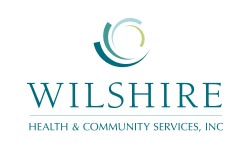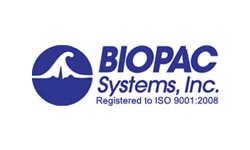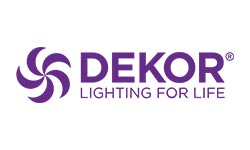Search Engine Optimization (SEO) Basics
 SEO is the art and science of getting your site ranked higher on search engines such as Google. I say “art and science” because while there is a lot of technical know-how to doing good SEO (science), there is also a lot that is unknown and a little creativity (art) is often required. SEO experts know a lot about how and why Google ranks sites the way they do, but no one except Google knows all the rules they use to rank one site higher than another.
SEO is the art and science of getting your site ranked higher on search engines such as Google. I say “art and science” because while there is a lot of technical know-how to doing good SEO (science), there is also a lot that is unknown and a little creativity (art) is often required. SEO experts know a lot about how and why Google ranks sites the way they do, but no one except Google knows all the rules they use to rank one site higher than another.
Volumes have been written on the topic of SEO. This is by no means meant to be a technical SEO guide. Rather, I want to give an overview of SEO for marketers and business owners who need a better grasp of the basics.
The first step in SEO is to determine what keywords or keyword phrases you are trying to get ranking for. For example, if you sell shoes, then “running shoes”, “dress shoes” and “women’s shoes” are obvious keyword phrases that you would want to get ranking for. Clearly you would want to rank highly for the keywords that have the most traffic. However, the more highly trafficked a keyword, the more likely it is to also be highly competitive. Everyone wants the highly trafficked keywords so you are competing against a lot more sites when you go after them. For example, trying to rank on the first page of Google for the keyword “shoes” is going to be much more difficult than ranking for “running shoes” which is going to be more difficult than ranking for “running shoes Santa Barbara”. Usually, the more specific your keyword phrase, the easier it will be to get ranking for that phrase.
The goal is choosing the keyword phrases that have the most traffic but are the least competitive. There are many tools that can help you with this analysis, but a free and easy to use tool is the Google Keyword Tool.

Once you have a list of key words you are targeting, you need to know how to optimize your site to rank better for these keywords. There are two fundamental factors in SEO – onsite optimization and offsite optimization. Onsite optimization has to do with all the ways you can embed the key words into the HTML of your site. The most obvious way is just to use the keyword within the text (content) on your site. A less obvious, but in many cases more important way, is to use the keyword in the title of the page (the text that shows up at the very top of the web browser). Keywords can be also be embedded in metatags, alt tags, URL strings and many other places within the HTML of a common web page. Understanding how and where to embed keywords is a big part of the technical aspects of onsite optimization.
It used to be that placing keywords in all the tricky places mentioned above would really put you above the competition in rankings. However, these days it’s much more complicated and search engines seem to be giving more weight to having the keyword in the regular text of the page in the context of other related keywords. The result of this is that one of the best ways to do onsite optimization is just to create a TON of pages on your site. The more pages on your site with the keyword or keyword phrases that you are targeting, the better. To the search engines, there is no better indicator that your site is relevant for a particular keyword than if you have lots of pages with that keyword in them.
Offsite optimization has to do with getting links to your site from other sites. Typical ways of doing this include listing your site in a directory, getting people to post links in Twitter or FaceBook or simply asking a blogger to include a link to you in their site. The more links you have to your site, the higher your PageRank will be. PageRank is Google’s measure of popularity. At least half the battle in SEO is increasing your site’s popularity by getting more links to it. And links from other sites which are themselves popular are better than links from sites with low PageRank. In future articles we will discuss other aspects of SEO, including Local Search as well as resources and tools to help you with SEO.
















